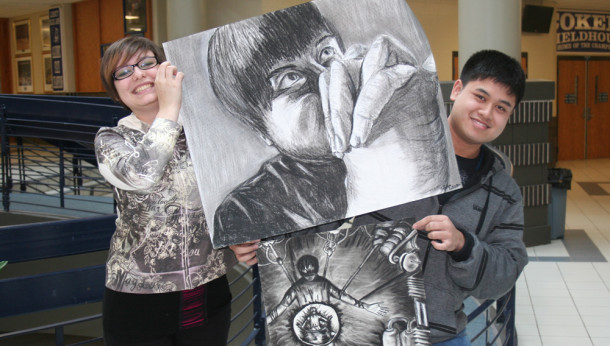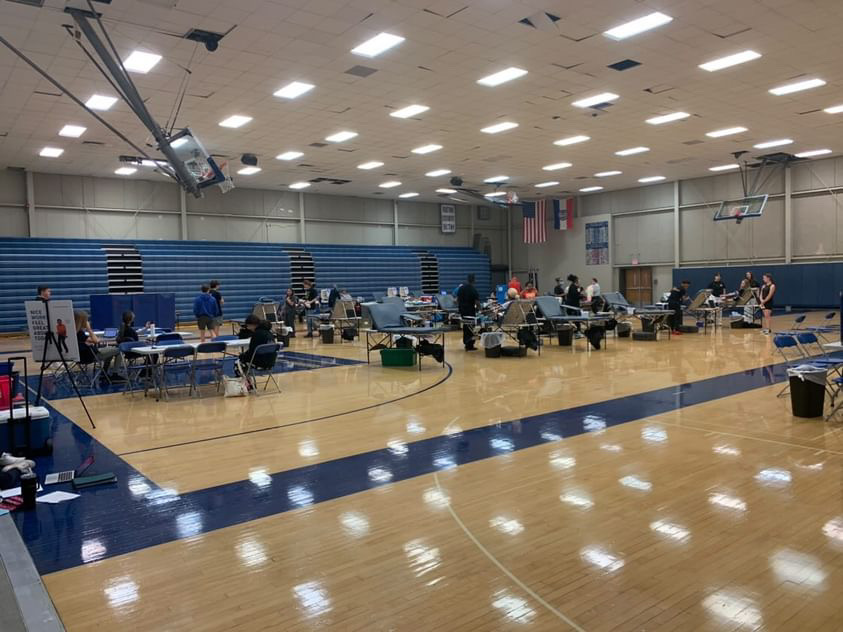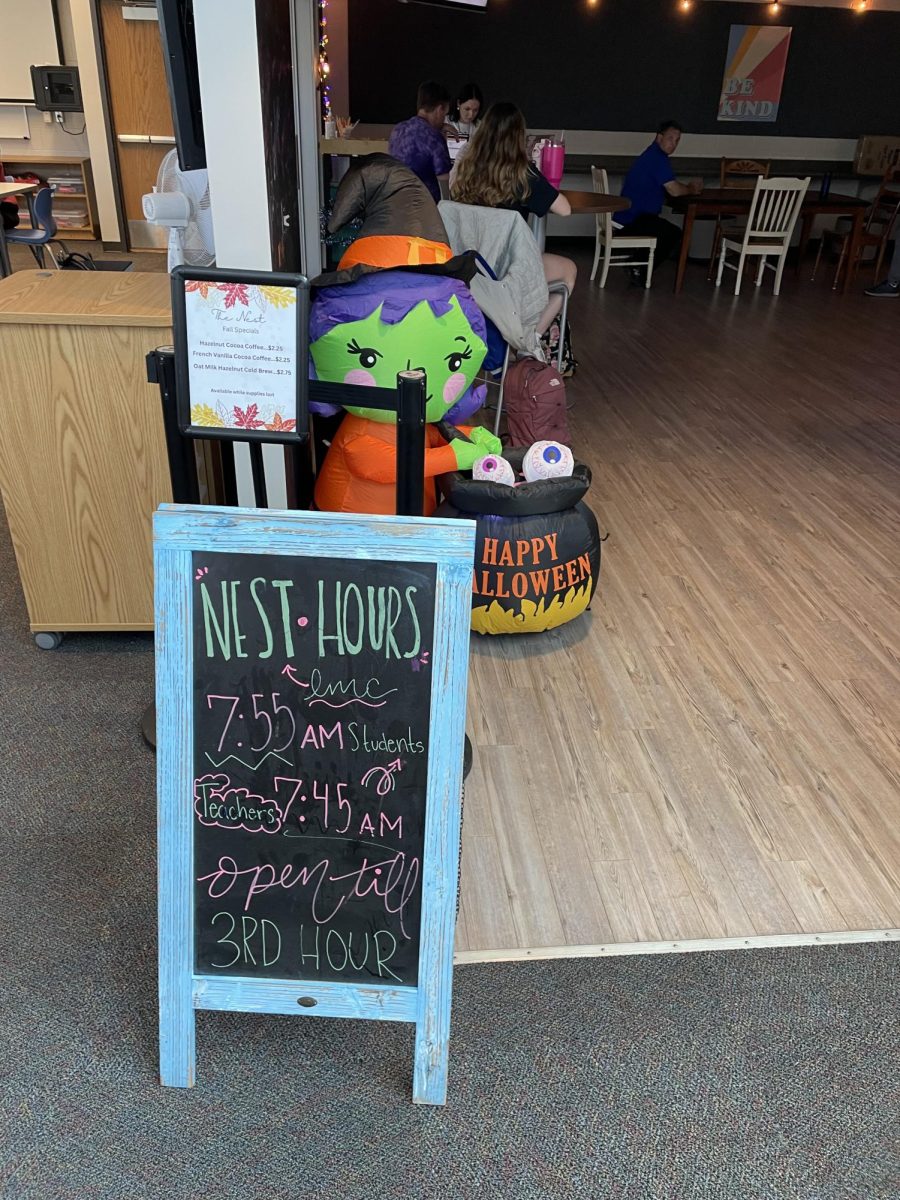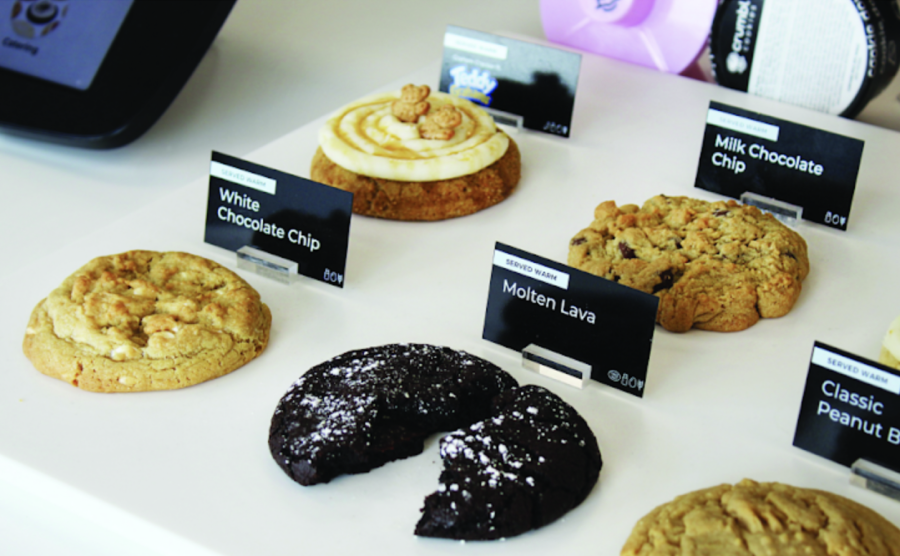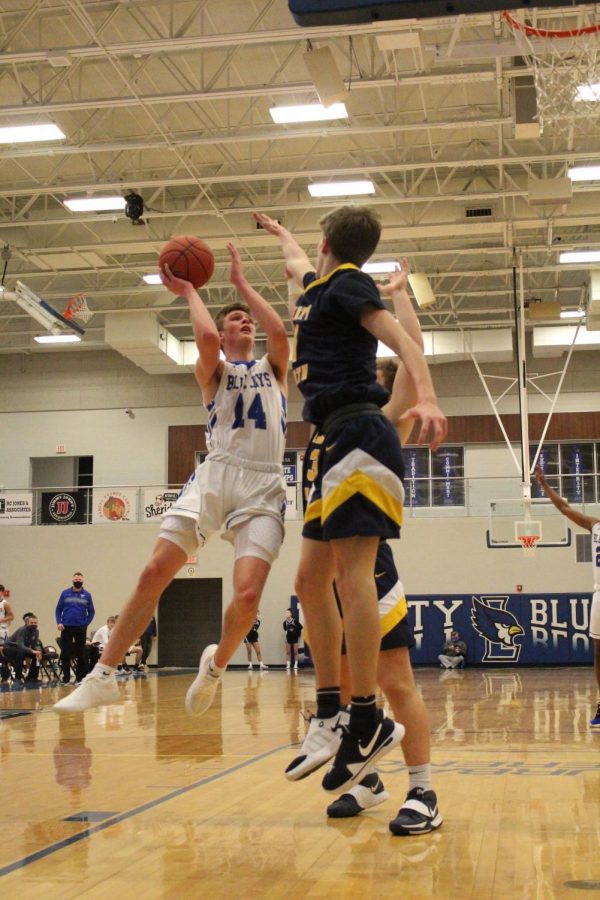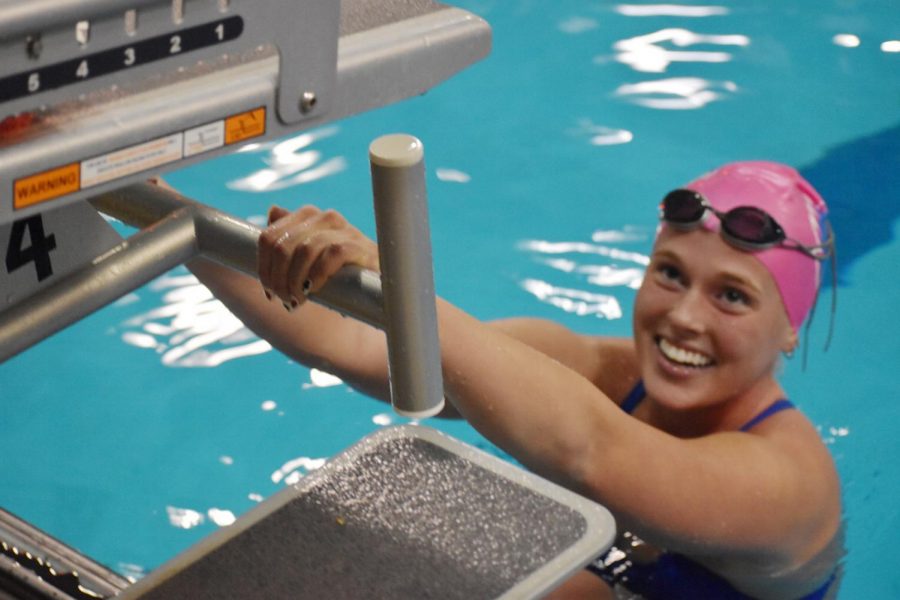by Diana Timmermans |
Imagine one year, one idea sprouting into twelve expressions. This is the reality six AP Studio Art students are working on this year. These free thinkers use this one idea to create twelve different pieces called concentrations for their end of the year AP exam.
“My concentration is on people who were famous in the old days and died from drug overdoses, so I’m drawing their death scene and everything is in black and white but the person,” senior Rachel O’Connor said.
The ideas are as different and diverse as the reasons why people select their theme.
Senior Rachael Roger’s theme is the different ways to depict joy through life: old, young and throughout the world. “I chose it because it would be different from all the others. It is a unique theme most artists wouldn’t chose,” Rogers said.
Some students have had to change ideas mid-year.
“I changed my concentration from how enveloped humans are in technology and how sometimes we are too dependent on it to how songs make me feel,” senior Bobby Rolette said “It will incorporate the different songs into my art pieces. I couldn’t think of any good ideas for my other concentration, so I changed it.”
Nevertheless, this class is very self-expressive.
“It is very self-expressive, it is you completely. You aren’t really told what to do; you just go at it yourself. It is very creative, and any chance I get to be creative, I’ll take it,” senior Stephanie Reyes said.
The select few students that choose this class get to experience the true freedom of their art education.
“This class is amazing, the people in it are amazing, and it is at a high enough level that the teacher really respects you, so there is a lot more freedom in it,” senior Rottana Kul said.
This respect is well deserved. Some students’ love of drawing started at a younger age.
“I have drawn since I was little. I used to basically recreate my mother’s art work, I would sit there and draw these little animals you are supposed to draw when you are entering college just to see how you can draw, and I drew them when I was like seven,” senior Natasha Rubinetti said.
Its not just drawing that is required in AP studio. Students have to demonstrate a breadth and depth of talents in their pieces. The breadth section is a variety of works demonstrating and understanding of drawing issues like the human figures, landscapes, still-life objects, and use of form and space. In total, each student provides twelve concentrations and twelve breadth pieces in their portfolio for the whole year.
Finally, at the end of the year, students take the AP Studio Art exam, in which each student chooses five pieces to be shipped to New York.
“Each piece is judged by a board of AP teachers who have been trained to read the work,” said Art Teacher Debbie Martin. The rest of the students’ pieces are digitally submitted.
AP studio art does have perquisites; students must complete Drawing and Painting I and II with a grade of B or better.


